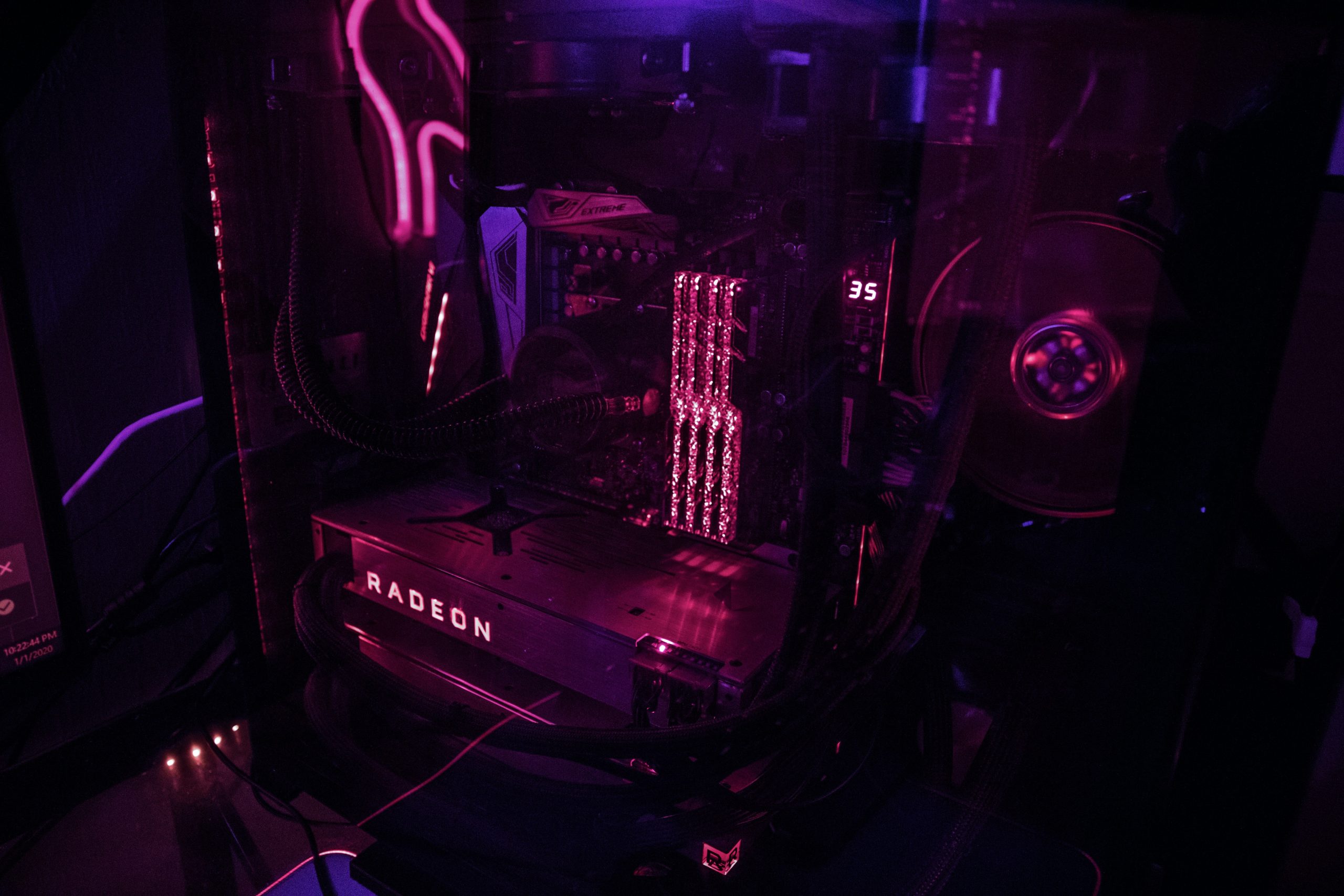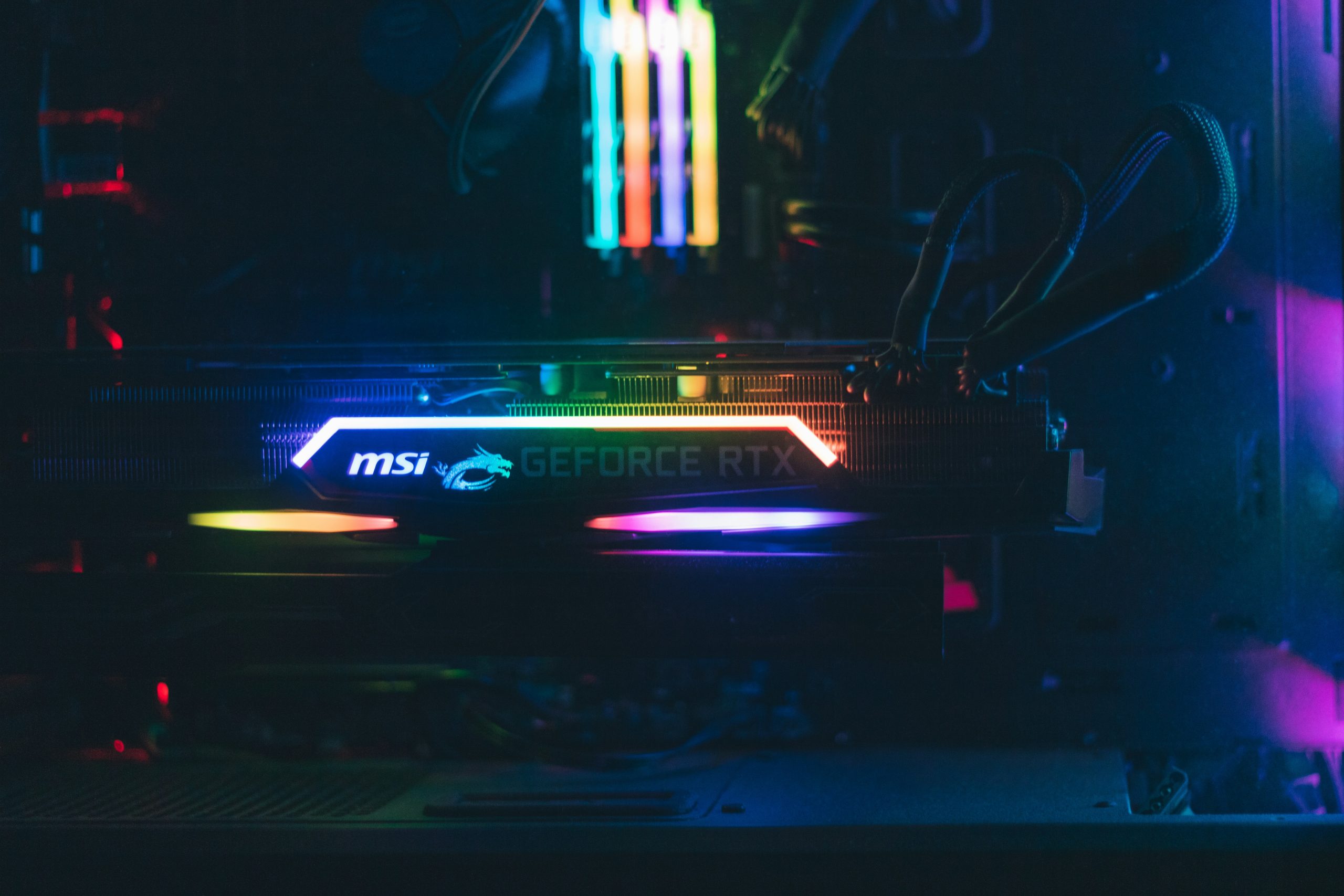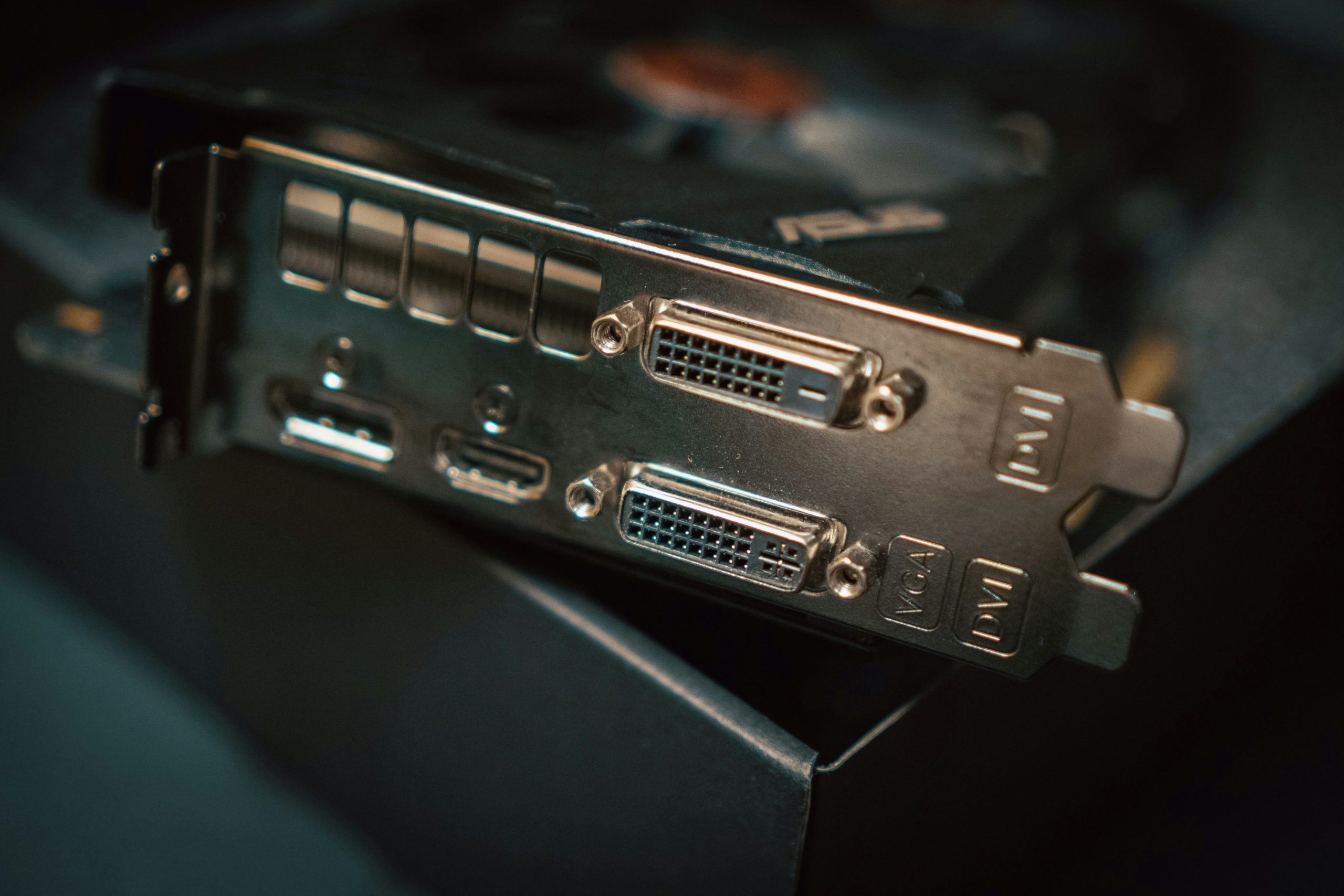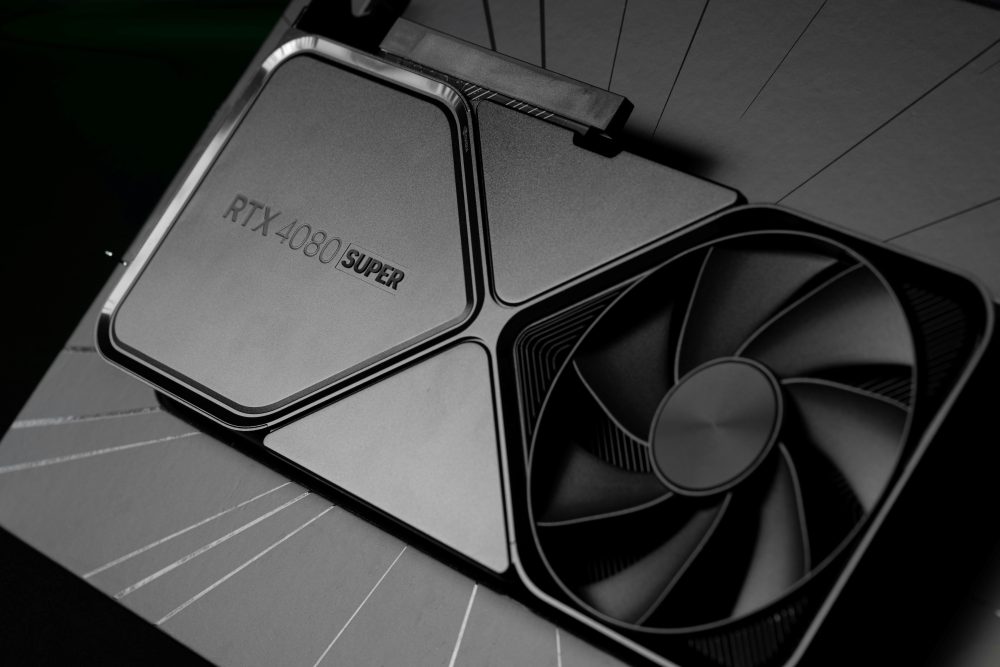In the ever-evolving landscape of PC gaming and graphic design, understanding your system’s capabilities is more crucial than ever. Imagine investing in a powerful graphics card only to find it underperforming due to unseen bottlenecks or misconfigurations. That’s where GPU benchmarking comes into play—a vital tool for anyone looking to extract maximum performance from their hardware. But with an ocean of software options available, how do you choose the right one without breaking the bank?
In 2024, we’ve sifted through countless free GPU benchmark tools, rigorously testing their features, accuracy, and usability. From novice gamers wanting to optimize their rigs to seasoned professionals needing precise performance metrics for demanding applications, our comprehensive review reveals the best free software that fits every need. Get ready to elevate your PC’s potential as we dive into this essential guide designed not just for tech enthusiasts but for anyone who wants a clearer picture of their graphical prowess!
What is GPU Benchmarking?
GPU benchmarking serves as a crucial tool for evaluating the performance and capabilities of graphics processing units, allowing users to make informed decisions whether for gaming, design work, or data analysis. At its core, GPU benchmarking involves running a series of tests that gauge how well a graphics card handles various computational loads and visual tasks. This not only illustrates raw power in terms of frames per second (FPS) but also reveals important details about thermal performance and power efficiency under stress.
With the rise of high-resolution gaming and resource-intensive applications like machine learning, understanding your GPU’s limitations is more vital than ever. Free benchmarking software empowers enthusiasts and professionals alike to accurately assess their hardware without breaking the bank. Moreover, these tools often facilitate comparisons alongside industry standards or user-generated scores, creating community-driven insights into where your hardware stands amidst ever-evolving technology trends. Engaging with this data can enhance your tuning strategies—optimizing settings to achieve the best possible performance tailored specifically to your unique computing needs.

Importance of Choosing the Right Software
Selecting the right software for GPU benchmarking is pivotal not just for performance assessment but also for informed decision-making. A reliable benchmark tool offers more than just raw numbers; it reflects how a graphics card will perform under real-world conditions, ensuring that users maximize their investment in hardware. With the myriad of options available, prioritizing software that provides comprehensive metrics—like frame rates, temperature monitoring, and stress testing—is crucial to getting a holistic view of your GPU’s capabilities.
Moreover, an effective benchmarking tool can help identify bottlenecks in your system. By comparing results across different benchmarks or generations of GPUs, users can visualize performance trends and make educated choices about upgrades or configurations. Beyond mere comparisons, valuable insights drawn from these tests empower gamers and PC builders alike to customize their setups according to specific needs—be it gaming at high resolutions or content creation workloads. Ultimately, choosing the right software transforms data into strategic advantages.
Top Free GPU Benchmark Tools Overview
When it comes to truly understanding your GPU’s performance capabilities, leveraging free benchmark tools can provide invaluable insights. Tools like FurMark and Heaven Benchmark not only stress-test your graphics card but also highlight its thermal limits and stability under extreme loads. These utilities are perfect for gamers and PC builders alike, as they expose areas where optimization is required, paving the way for enhanced gaming experiences.
Another standout in the realm of free benchmarking is 3DMark Basic Edition, which tailors its tests to varying hardware capabilities, allowing you to assess how your GPU performs across different gaming scenarios. Its user-friendly interface makes comparing scores with other users straightforward, creating a sense of community among enthusiasts who seek to extract maximum performance from their rigs. For those focused on real-world applications rather than synthetic tests, Unigine Superposition brings immersive visuals while assessing performance through various resolutions and settings. By providing detailed reports that include frame rates and usage metrics, these tools empower users with actionable data that can guide future upgrades or tweaks—ultimately leading to smoother gameplay and a more gratifying computing experience.

Detailed Reviews of Each Tool
When diving into the world of GPU benchmarking, each tool on our list offers unique features that cater to various user needs. FurMark, often lauded for its intense stress testing capabilities, provides detailed thermal and frame rate analysis. However, it’s worth noting that its extreme load can lead to overheating if users aren’t careful. This dual-edged sword makes it ideal for enthusiasts seeking maximum performance insights but potentially risky for those with less robust cooling solutions.
On the other hand, GPU-Z stands out as an invaluable asset for users wanting in-depth hardware information alongside benchmark capabilities. Its lightweight nature allows you to keep tabs on real-time performance metrics without exhaustive system strain, making it perfect for casual monitoring sessions. Additionally, Unigine Heaven offers breathtaking visuals alongside a rigorous benchmarking environment; users frequently rave about its stunning graphics which not only provide a test of raw performance but also serve as an engaging visual feast.
Lastly, 3DMark, while slightly more complex, gives gamers a comprehensive look into how their systems perform under gaming conditions rather than synthetic loads. With options tailored towards different use cases—from basic gaming setups to high-end custom rigs—this versatile tool ensures you can gauge how future game releases will fare on your hardware. Each tool has something distinct to offer depending on whether you’re tinkering under the hood or simply want assurance that your machine can handle the next big title smoothly.
Performance Metrics to Consider
When evaluating GPU performance, several critical metrics warrant attention beyond mere frame rates. One of the most insightful indicators is GPU utilization, which reveals how effectively the graphical hardware is being used during demanding tasks. High utilization suggests that the GPU is operating close to its maximum potential, while low figures can indicate a bottleneck in another component, such as the CPU or insufficient cooling solutions. Monitoring this metric can help users understand whether they are truly extracting value from their investment.
Additionally, memory bandwidth and latency emerge as key players in determining overall efficiency. Memory bandwidth indicates how quickly data travels between the GPU and its VRAM; higher figures enable better handling of high-resolution textures and complex computations. Latency, conversely, defines the delay before a memory request begins to process—lower latency allows for more instantaneous responses when gaming or running applications that rely heavily on quick data retrievals. Paying attention to these performance metrics alongside traditional benchmarks will provide a holistic view of your system’s capabilities and ensure you maximize every ounce of power from your setup.

Comparison Between Free and Paid Options
When evaluating GPU benchmark software, users often face the dilemma of free versus paid options. Free tools provide accessible entry points, enabling casual users to gauge their hardware’s performance without financial investment. These platforms can be surprisingly robust, offering essential metrics and user-friendly interfaces that meet basic benchmarking needs. However, they often come with limitations like fewer testing scenarios or lack of detailed analysis which may not satisfy advanced users seeking comprehensive insights or specialized benchmarking.
On the other hand, paid options typically unlock a treasure trove of features. They often include extensive customization settings for rigorous testing and more precise results tailored to specific requirements. Additionally, many premium software solutions offer ongoing updates and customer support—benefits that can make a significant difference during troubleshooting or when exploring new GPU technologies. Ultimately, the choice hinges on individual needs: enthusiasts dedicated to maximizing performance might find the investment well worth it, while those dabbling in gaming or basic graphics tasks may prefer the convenience of free alternatives.
Conclusion: Best Choices for 2024
In 2024, the landscape of free GPU benchmark software has evolved significantly, ensuring that both casual gamers and seasoned enthusiasts have robust tools at their disposal. Among the standout choices, FurMark continues to impress with its rigorous stress testing capabilities, making it ideal for those pushing hardware limits. On the other hand, 3DMark Basic Edition remains a favorite due to its well-rounded performance metrics and user-friendly interface—perfect for quick comparisons without overwhelming complexity.
Emerging as a powerful contender this year is GPU-Z, which offers not only synthetic benchmarks but also real-time monitoring features that provide insights into thermal and power variables during usage. This holistic approach allows users to optimize their GPU settings further while ensuring they are getting the most out of their graphics cards. Ultimately, your choice should hinge on what you prioritize: raw performance evaluation or detailed analytics? With these tools at your fingertips, you’re equipped to make informed decisions that can lead to enhanced gaming experiences and system performance in 2024 and beyond.






